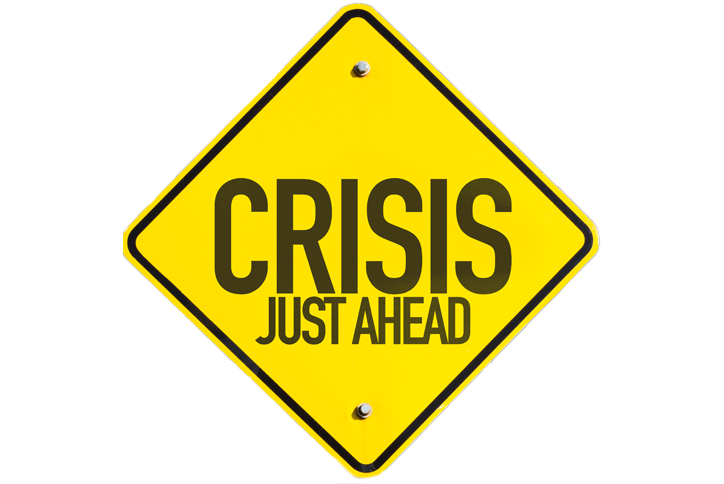
It doesn’t take much to squander good will, does it? It wasn’t long ago, remember(?) whe...
Read More

Mad Men. While the show's portrayal of 1960’s Madison Avenue may seem dated, its portrayal of...
Read More
.jpg)
Geofencing, a location-based marketing strategy, is emerging as a powerful tool that not only connec...
Read More

More and more marketers and businesses are taking advantage of the benefits of PPC adv...
Read More

We’ve talked about financial literacy quite a bit, haven’t we? And why not? We shouldn&r...
Read More

There’s a new instant payment service provider in town: the Fed. Is this a big deal, in and of...
Read More

It’s that time of year again. BTS (Back to School). Or, when it comes to bank marketing and th...
Read More

In the rapidly evolving world of social media marketing, staying ahead of the curve is crucial&helli...
Read More

As you probably know, just a few weeks ago, the Supreme Court struck down President Biden’s pr...
Read More

I was thinking… what better way to tell the “why ChatGPT” story than to,...
Read More